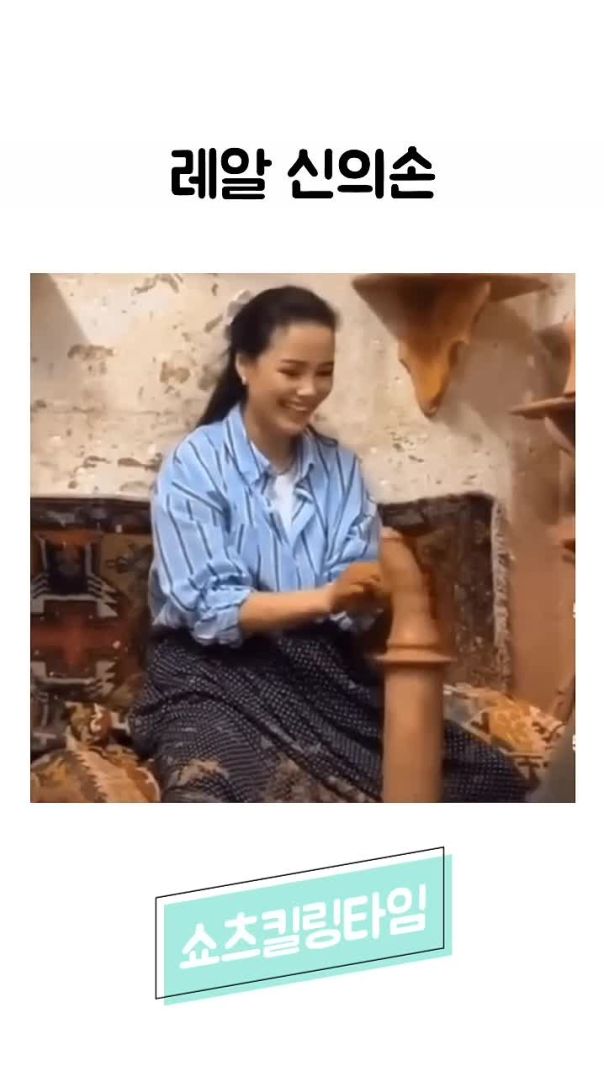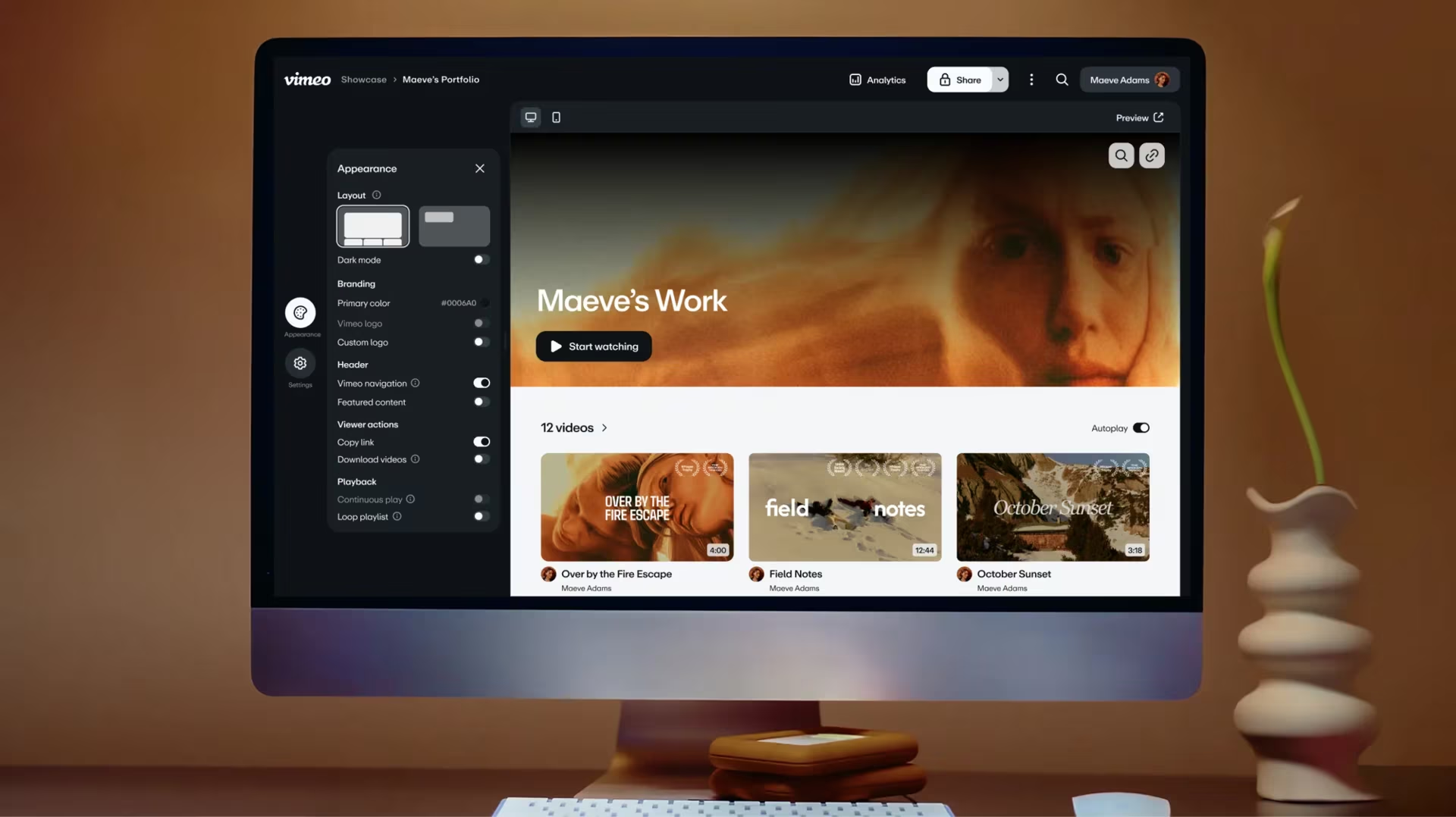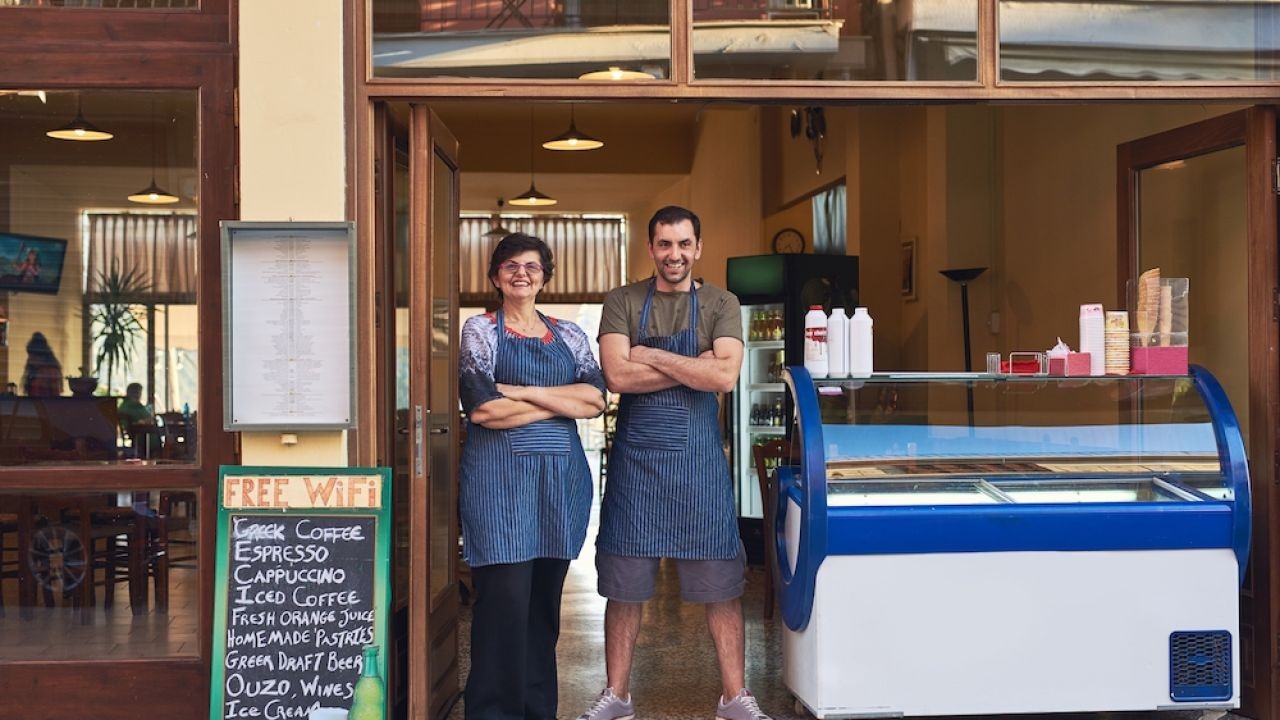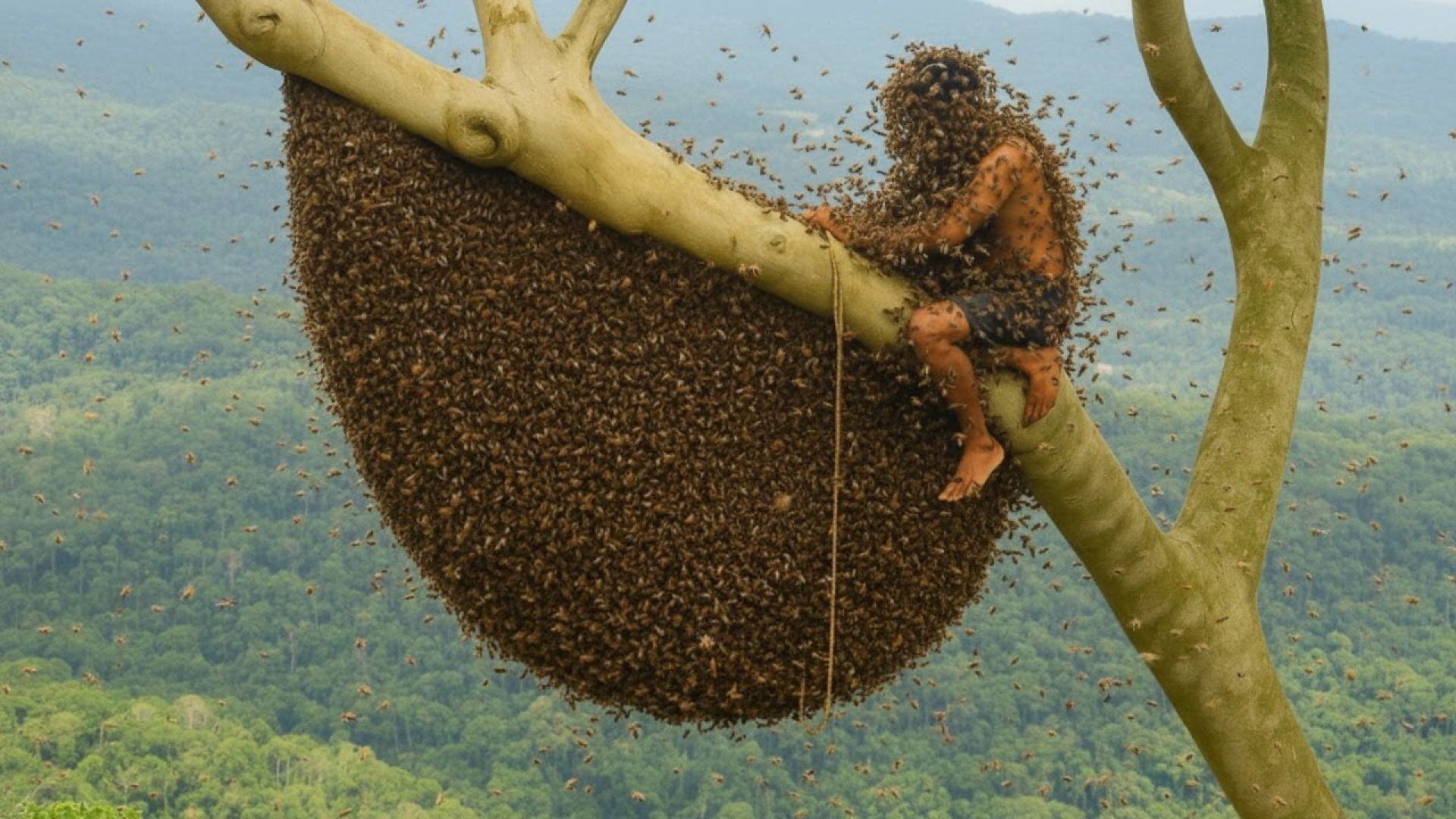In recent years, the Australian art scene has faced significant challenges, prompting questions about the adequacy of government support for local artists. Despite Australia's rich cultural heritage and vibrant creative industries, many artists struggle to sustain their careers. This article delves into whether the Australian government is doing enough to support local artists, examining key policies, economic factors, and real-world examples.
The Current State of the Australian Art Scene
Australia is home to a diverse range of artists and creative professionals. However, the industry is often overshadowed by challenges such as limited funding, market volatility, and the impact of global economic shifts. According to the Australian Bureau of Statistics (ABS), the arts and recreation services sector contributed just 0.9% to Australia's GDP in 2023, highlighting the industry's marginal economic footprint compared to other sectors.
Government Policies and Initiatives
The Australian government has implemented various policies to support the arts sector. The Australia Council for the Arts, the federal government's principal arts funding body, allocates grants and resources to artists and organizations. However, critics argue that funding cuts in recent years have limited the agency's impact. In 2020, the government's decision to merge the Department of Communications and the Arts into a new super-department was met with concern, as some feared it would dilute the focus on cultural policies.
Economic Factors and Market Trends
The economic landscape in Australia poses both opportunities and challenges for artists. On one hand, the rise of digital platforms has expanded artists' reach, allowing them to connect with global audiences. On the other hand, the cost of living, particularly in major cities, places financial pressure on artists. According to a 2023 report by the National Association for the Visual Arts (NAVA), 75% of Australian artists earn less than $10,000 annually from their creative work, underscoring the financial instability many face.
Case Study: The Impact of Funding Cuts
Case Study: The Sydney Theatre Company – Navigating Financial Challenges
The Sydney Theatre Company (STC), one of Australia's leading performing arts organizations, faced significant financial challenges following federal funding cuts in 2019. The company had to adapt by diversifying its revenue streams and increasing private sponsorships.
- Problem: The STC experienced a reduction in government grants, affecting its ability to produce new works and support emerging artists.
- Action: In response, the STC launched a successful crowdfunding campaign and strengthened partnerships with corporate sponsors.
- Result: By 2022, the STC had not only stabilized its finances but also increased its annual audience attendance by 15%.
- Takeaway: This case highlights the importance of financial resilience and diversification for arts organizations.
Pros and Cons of Government Support
- Pros:
- Government grants provide crucial financial support for emerging artists.
- Arts funding promotes cultural diversity and innovation.
- Policies foster community engagement and accessibility to the arts.
- Cons:
- Funding cuts can lead to reduced opportunities for artists.
- Bureaucratic processes may hinder the timely allocation of resources.
- Over-reliance on government support can limit artistic independence.
Myths and Misconceptions
Several misconceptions exist regarding the support for local artists in Australia:
- Myth: "All artists receive ample government support." Reality: Many artists struggle to access funding, and grants are often highly competitive.
- Myth: "Digital platforms provide sufficient income." Reality: While digital sales have increased, they rarely compensate for the loss of traditional income streams.
- Myth: "Art is not a viable career." Reality: With the right support and opportunities, artists can achieve sustainable careers.
Future Trends and Predictions
The future of Australia's arts sector hinges on several factors, including technological advancements and policy shifts. By 2026, it's expected that digital art sales will account for 40% of artists' income, driven by the growing popularity of NFTs and online galleries. Additionally, increased collaboration between state governments and private sectors could lead to more robust support systems for artists.
Conclusion
The question of whether the Australian government is doing enough to support local artists is complex, with valid arguments on both sides. While current policies provide essential support, there is room for improvement, particularly in ensuring equitable access to funding and resources. As the industry evolves, a collaborative approach involving government, private sectors, and the community will be crucial in nurturing Australia's creative talent.
What are your thoughts on the current state of support for local artists in Australia? Share your insights below!
People Also Ask
- How does government funding impact Australian artists? Government funding provides essential financial support, fostering innovation and cultural diversity among artists.
- What are the biggest misconceptions about arts funding in Australia? Many believe all artists receive ample funding, but access is highly competitive, and many struggle financially.
- What future trends could affect the Australian arts sector? By 2026, digital art sales are expected to rise, accounting for a significant portion of artists' income.
Related Search Queries
- Government support for artists in Australia
- Australian arts funding policies
- Impact of digital platforms on artists
- Challenges faced by Australian artists
- Future of the arts industry in Australia































LeighBarne
6 months ago